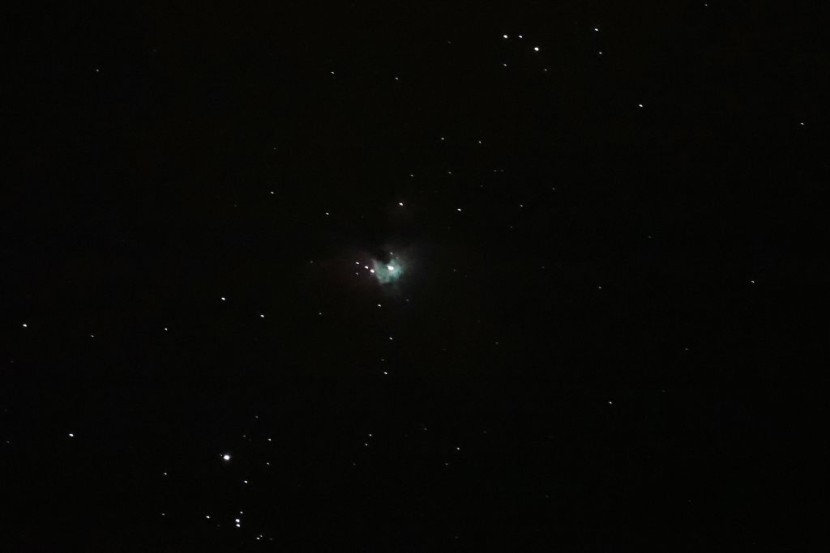
- Astronomers watch dying star swallow Jupiter-sized planet for the first time
- The event marks the potential future that Earth could have in roughly 5 billion years
- The latest finding occurred some 13,000 light-years away and included a star that quickly expanded to thousands of times its original size
Astronomers have observed, for the first time, a dying star swallowing a Jupiter-sized planet, seeing the potential fate of our Earth in the far future.
The incident was discovered when scientists observed a bright flash of light from the planet as the nearby star was engulfing the cosmic body. Astronomers considered the phenomena a stunning preview of our own planet's future after roughly 5 billion years when our solar system's sun will rapidly expand.
Expanding Star Devours Jupiter-Sized Planet
Astronomers witnessed the moment when the death of the hapless planet, leaving only a distinctive white-hot flash of flight that, over the course of 10 days, grew in intensity. According to Live Science, scientists can study the light from the event and the chemical signatures from the material expelled by the planet-devouring star.
By doing this, they could identify the consumed planet as a gas giant that was at least 30 times the size of our planet. Scientists detailed the first-of-its-kind observation on May 3 in the journal Nature.
In a statement, a postdoctoral student at the Kavli Institute for Astrophysics and Space Research at the Massachusetts Institute of Technology, Kishalay De, said that the events of the finding showed the future of our planet.
He noted that if civilization were 10,000 light-years away, viewing our direction, they would see the sun engulfing our planet and see the star brighten as it spews out material, formed a ring of dust around itself, and settled back to how it was before.
To observe the phenomena, according to Fox News, astronomers utilized the Gemini South Telescope located in Chile, operated by the National Science Foundation's Optical-Infrared Astronomy Research Laboratory (NOIRLab).
Future Fate of Planet Earth
While scientists have previously conducted observations that confirmed the result of planetary engulfment when sun-like stars expand, this marks the first time such a moment has ever been monitored.
The expansion of a star happens when its hydrogen core runs out and starts to fuse helium into carbon, and hydrogen fusion migrates to the star's outer layers. This event causes the star's layers to expand and become a red giant.
When a star's surface expands and interacts with a planet, it causes an outburst of energy and material that prevent a planet from moving, causing it to collide with the star.
The latest observation occurred near the Aquila constellation when the star was roughly 10 billion years old. There was a swift hot outburst of light as the Jupiter-sized planet descended the stellar hatch. According to CBS News, the researchers then noted that this event was followed by a long-lasting stream of dust that shone brightly in cold infrared energy.
© 2026 HNGN, All rights reserved. Do not reproduce without permission.







